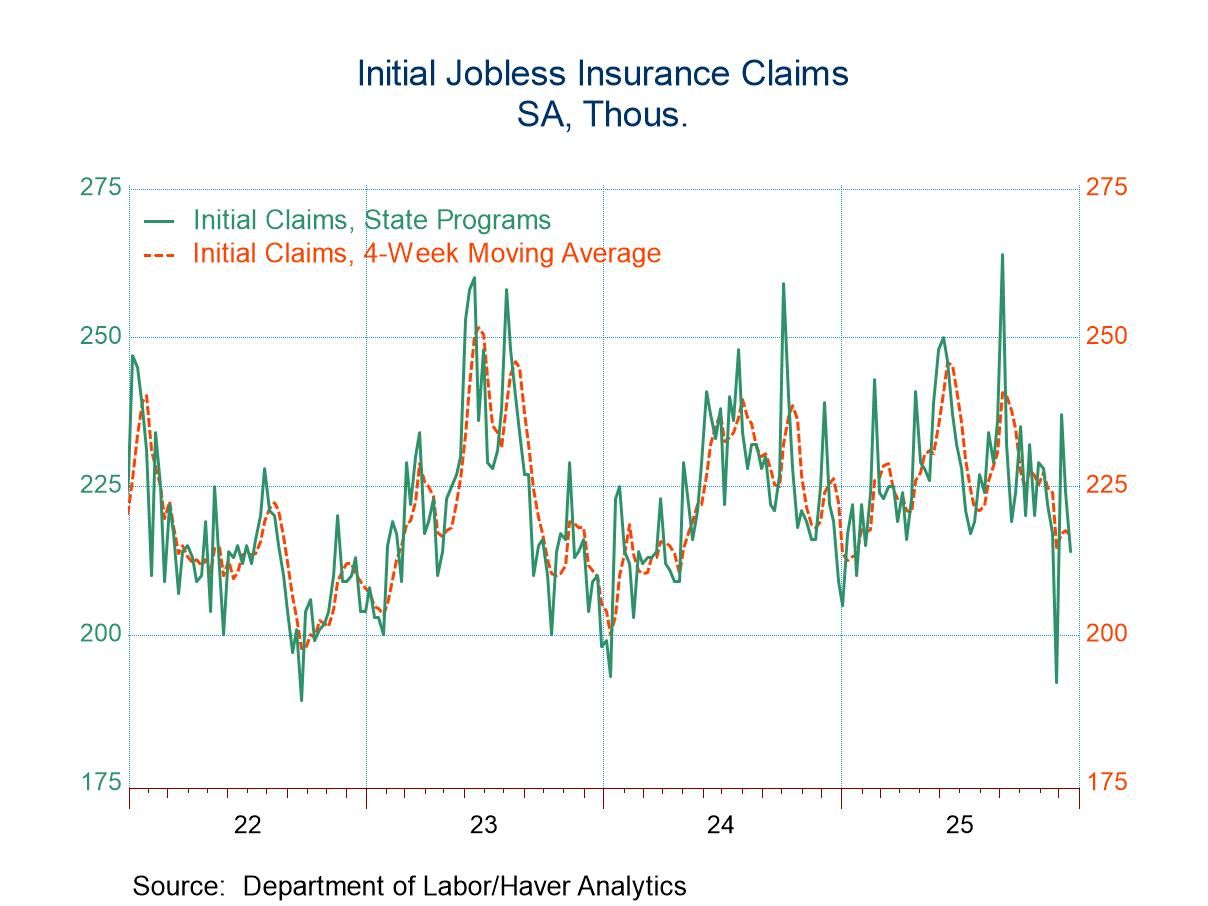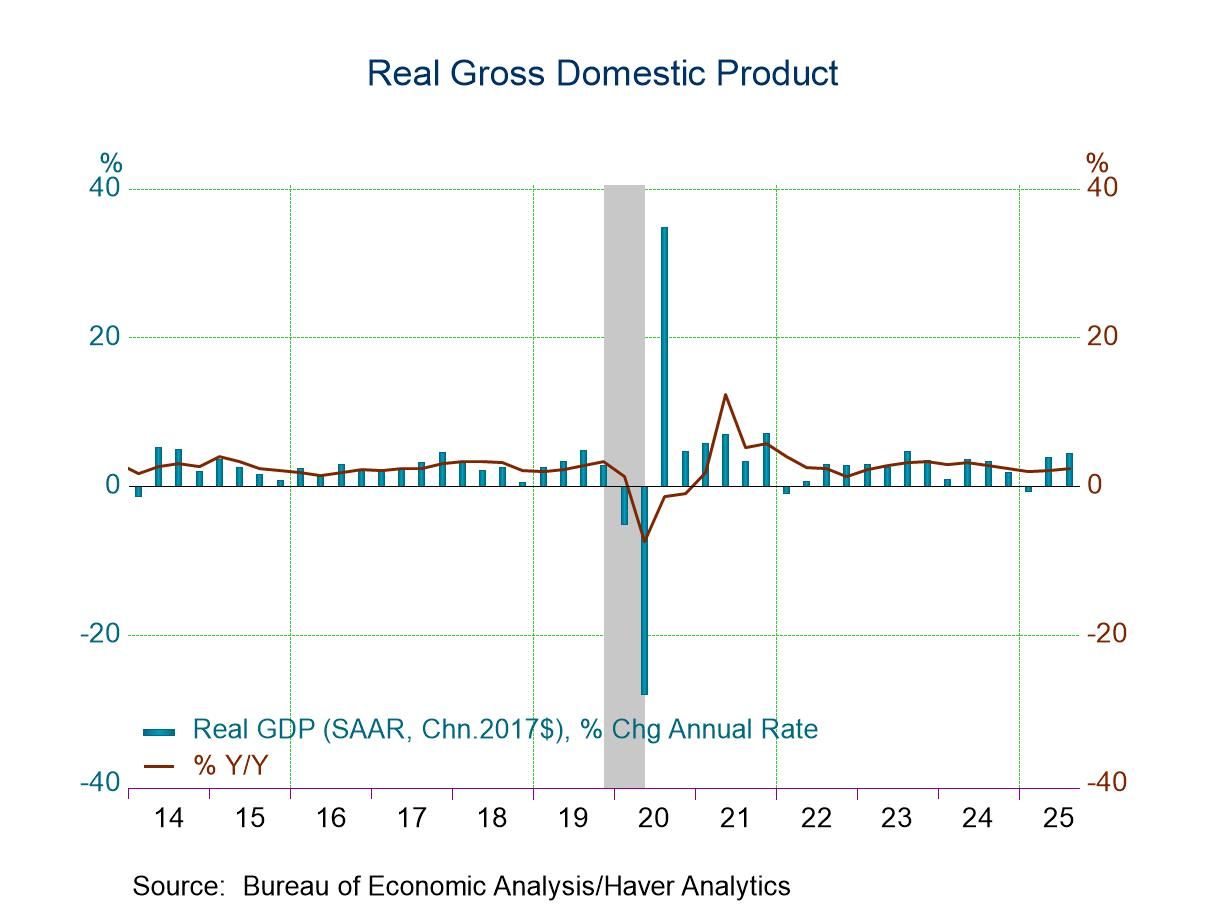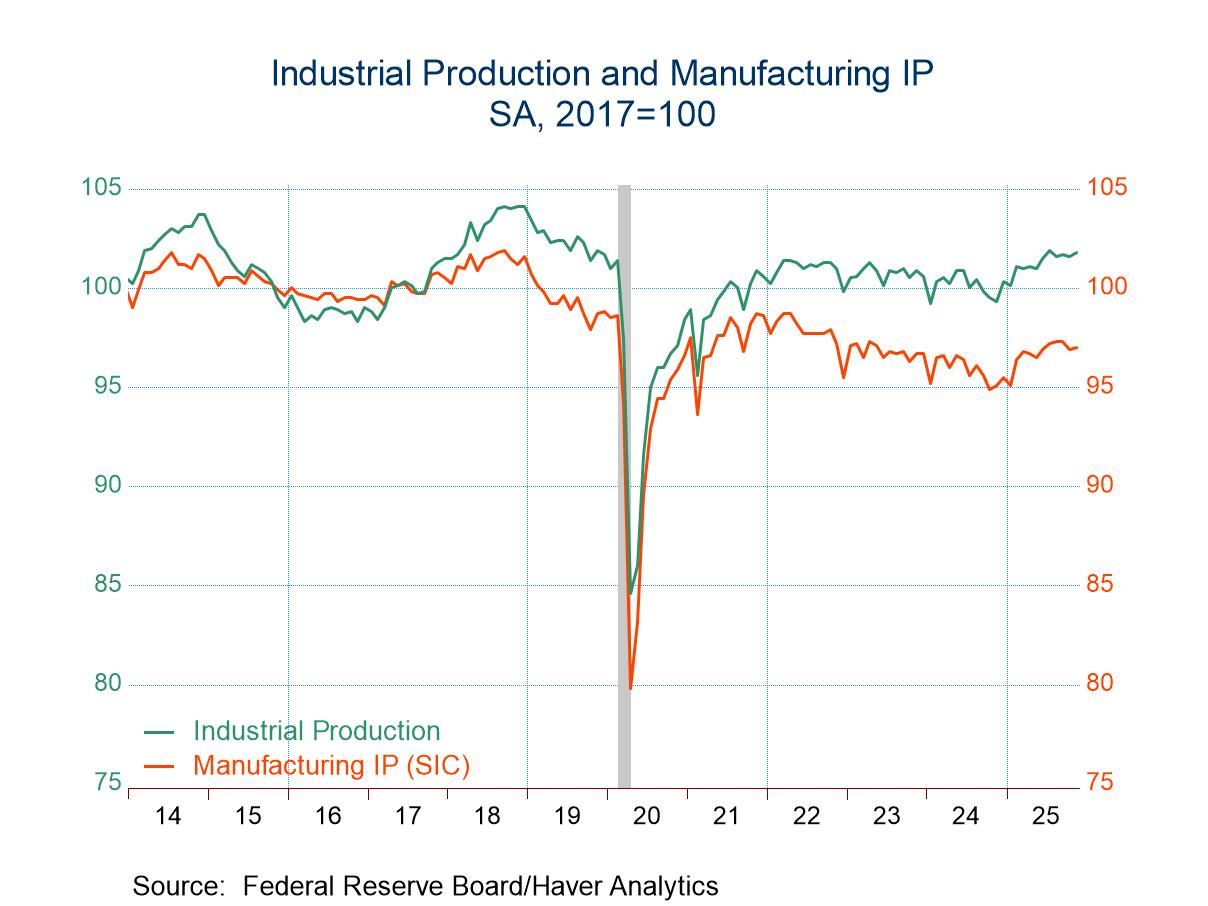 Asia| Jul 29 2024
Asia| Jul 29 2024Economic Letter From Asia: Ahead of the BoJ Decision
In this week's newsletter, we examine the Bank of Japan's (BoJ) upcoming decision scheduled for Wednesday. Recent shifts in market expectations suggest a marked increase in the likelihood of a BoJ rate hike, as priced in by various financial markets. We have observed that while consumer inflation has remained relatively stable for much of the year, there were some upticks in core inflation in May and June. Additionally, price pressures on the producer side have continued to intensify. This suggests that the BoJ’s “virtuous cycle” between wages and prices may be strengthening. This is particularly evident in the increased inflation among service producers with high labor cost ratios. However, it is important to note that these producer price increases have also been influenced by rising costs in other areas, such as transportation. Lastly, we examine the potential outcomes if the BoJ's monetary policy normalization campaign begins to quicken and leads to a stronger yen. We explore various dimensions of this scenario, focusing particularly on how a stronger yen might affect export growth and tourism.
In reality, it's still uncertain whether the BoJ will announce a rate hike this Wednesday, though market expectations are increasingly leaning towards a reduction in Japanese Government Bond (JGB) purchases. One key area of interest is how the BoJ plans to reduce its substantial JGB holdings and the subsequent impact on financial market liquidity and yields. While a “virtuous cycle” between wages and prices seems to be strengthening, evidence of such a cycle between wages and consumer spending is lacking. This is possibly because real wages have continued to decline.
Market expectations Recently, there have been marked shifts in market expectations regarding further monetary policy tightening by the Bank of Japan (BoJ). While an additional rate hike by the BoJ, following its March policy tightening, has long been anticipated, market expectations for this move have only recently intensified. This shift in expectations is evident in Japan’s financial markets, as illustrated in Chart 1. Specifically, the yen has experienced a significant rally in anticipation of an imminent BoJ rate hike. Moreover, Japan’s near-term overnight indexed swap (OIS) rates, including the 1-week OIS vs. TONAR rate, have surged, reflecting increased expectations for a rate hike within the coming week. These developments suggest heightened anticipation of the BoJ's upcoming decision, which is expected to be announced on Wednesday.
Chart 1: Japanese yen and 1-week OIS vs TONAR rate

Virtuous cycles Supporting the case for another BoJ rate hike is the recent evolution of prices in Japan. After a long period of chronic non-inflation, price pressures have started to rise in recent years. This is evident not only in consumer prices, as shown in Chart 2, but also on the producer side. For instance, Japan’s services producer inflation reached 3.0% in June. This increase in producer prices can be partly attributed to the resurgence of wage growth, highlighted by the Spring Wage negotiations—known as Shunto—conducted in March. Additionally, wage growth is no longer confined to employees in large firms but is increasingly observed in smaller companies as well. If this trend continues, it could foster a “virtuous cycle” of rising inflation, wages, and spending, which is the BoJ's desired outcome.
Chart 2: Japan’s inflation gauges

Examining the “virtuous cycles” discussed earlier, some progress is evident, though it likely falls short of the ideal scenario envisioned by the central bank. Nationwide nominal wage growth has increased since the start of Japan’s new fiscal year, rising to 2% y/y in May from 1% in March, as shown in Chart 3. However, nominal wage increases are still lagging behind inflation, resulting in a decline in real wages, which fell by 1.3% in May. The persistent gap between price increases and wage growth appears to have contributed in part to a continued decline in real household spending. This is because negative real wage growth erodes consumers' purchasing power, leading them to afford fewer goods than before. As such, while there is some evidence of “virtuous cycles” between wages and prices, it remains to be seen if such cycles have intensified between income and spending.
Chart 3: Japan nominal wage growth, inflation, and household spending

Bank of Japan’s JGB holdings Beyond interest rate hikes, another key monetary policy issue is the future of the BoJ’s Japanese Government Bond (JGB) purchases. Over the past decade, the BoJ's holdings of JGBs have surged, as shown in Chart 4. This increase is due to its Quantitative and Qualitative Monetary Easing (QQE) and Yield Curve Control (YCC) programmes, designed to maintain liquidity and shape the yield curve. Although the BoJ transitioned away from the QQE with YCC framework in March 2024, it has continued some level of JGB purchases. However, it appears the BoJ may be planning to further reduce its JGB purchases, with economists anticipating announcements of further reductions following the BoJ’s July meeting. Looking ahead, the central bank will eventually need to begin normalizing its substantial holdings of JGBs. While gradually reducing JGB purchases represents a softer approach to normalization, it will extend the process significantly. Conversely, selling JGBs from its holdings would be a more aggressive stance and could fundamentally depress JGB yields due to increased supply. Investors will be closely watching for details on the BoJ's plans.
Chart 4: Bank of Japan’s bond holdings

Effects of a stronger yen We turn next to an examination of the potential effects of a stronger yen. Until recently, the Japanese yen had been on a weakening trend, driven by unfavorable yield differentials due to monetary policy divergence between the BoJ and other central banks. With the shift in Japan’s monetary policy narrative this year, investors are beginning to evaluate the impact of a recovering yen as yield differentials narrow. One immediate effect to consider is on Japan’s nominal goods exports. The growth of these exports has a strong negative correlation with y/y changes in the trade-weighted value of the yen. This relationship is illustrated in Chart 5. However, the relationship between yen weakness and Japan’s real goods and services exports, which contribute to real GDP growth, is not as pronounced.
Chart 5: Japan’s nominal goods exports growth and the yen

Another way a strengthened yen could impact Japan is through the tourism sector. We have already seen tourist arrivals to Japan surge, surpassing pre-pandemic levels, during a period of prolonged yen weakness. In fact, Japan’s tourism industry has grown so significantly that it is now the country’s second-largest export after cars. However, this boom in tourism is not without its challenges. Many local sites are struggling to manage the rapid influx of visitors and are facing difficulties accommodating the large number of tourists. Additionally, the surge in demand has increased pressures to hike prices at certain locations, likely to negatively affect both locals and domestic tourists. In response, some sites have begun limiting or banning foreign tourists or exploring two-tiered pricing systems to manage the situation. A stronger yen might help alleviate these conditions of excess demand.
Chart 6: Japan tourist arrivals and the yen

Tian Yong Woon
AuthorMore in Author Profile »Tian Yong joined Haver Analytics as an Economist in 2023. Previously, Tian Yong worked as an Economist with Deutsche Bank, covering Emerging Asian economies while also writing on thematic issues within the broader Asia region. Prior to his work with Deutsche Bank, he worked as an Economic Analyst with the International Monetary Fund, where he contributed to Article IV consultations with Singapore and Malaysia, and to the regular surveillance of financial stability issues in the Asia Pacific region.
Tian Yong holds a Master of Science in Quantitative Finance from the Singapore Management University, and a Bachelor of Science in Banking and Finance from the University of London.






